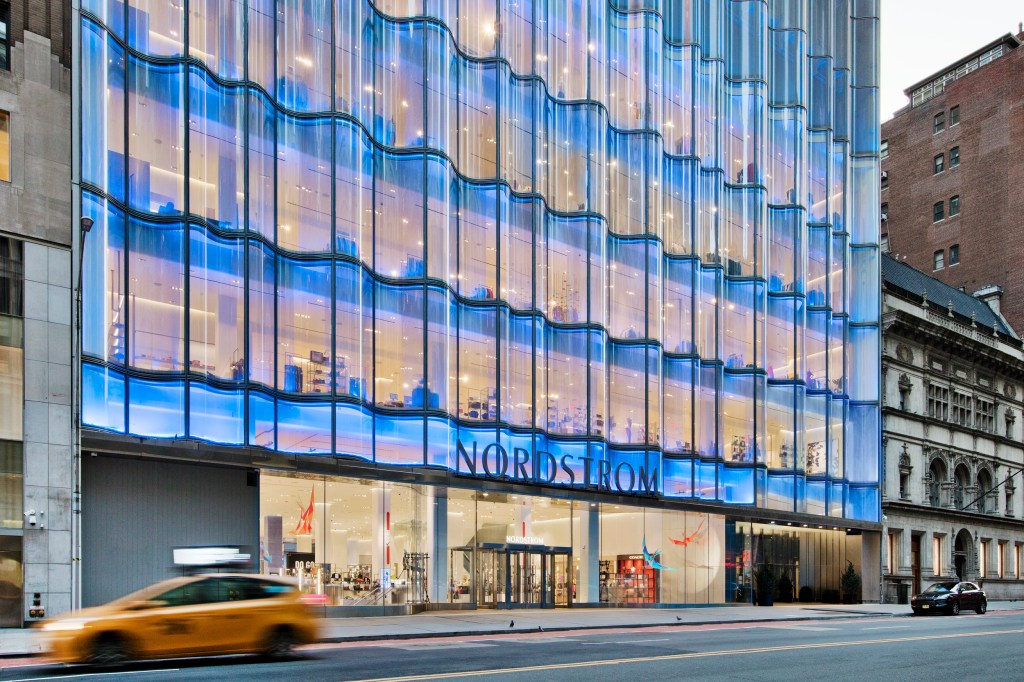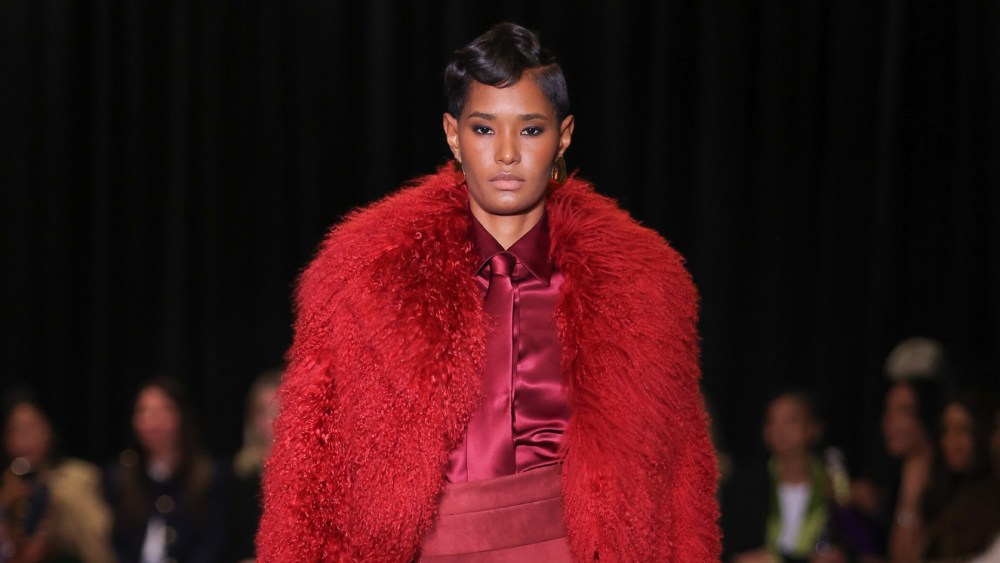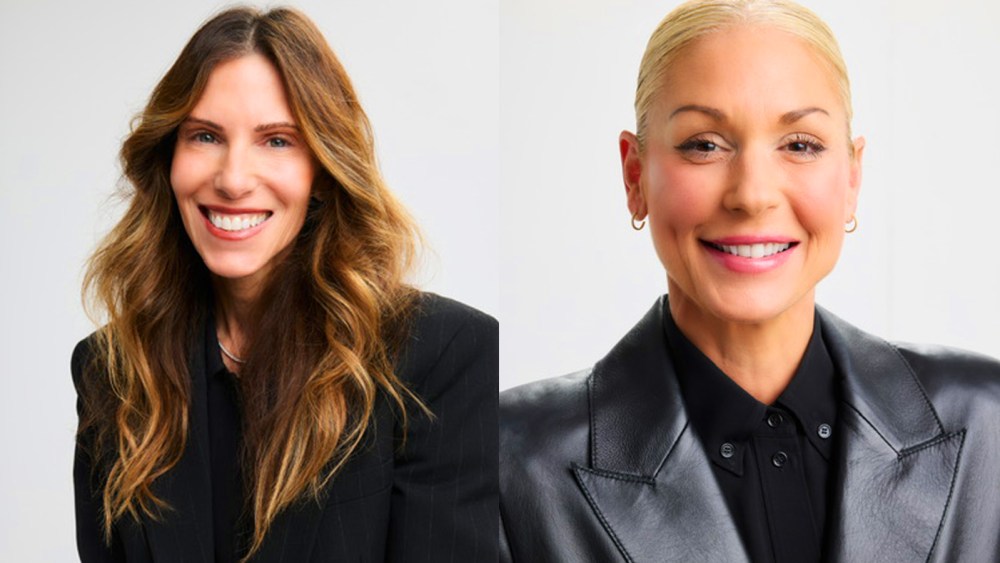Updated Nov. 21 6:14 p.m.
Despite declining sales volumes across all channels, Nordstrom Inc. went into the black for the third quarter ended Oct. 28, thanks to improved execution.
The Seattle-based retailer on Tuesday reported third-quarter net earnings of $67 million, or earnings per diluted share of 41 cents, compared to a net loss of $20 million, or 13 cents, in the year-ago period. Earnings before interest and taxes were $102 million, compared to $3 million in the year-ago period.
Net sales decreased 6.8 percent versus the same period in fiscal 2022. Gross merchandise value decreased 7.1 percent. Third-quarter net sales include a 270 basis point negative impact from the wind-down of Canadian operations.
The timing of Nordstrom’s Anniversary Sale, with one week shifting from the second quarter to the third quarter, had a positive impact of approximately 200 basis points on net sales compared with 2022. Excluding the impacts of the Canadian wind-down, which occurred this year, and Anniversary Sale timing shift, net sales would have been down approximately 6 percent.

“In the third quarter we continued to make progress against our priorities, and we’re especially pleased with the resulting improvements in gross margin and earnings,” Erik Nordstrom, chief executive officer of Nordstrom, said in a statement. “Given continued uncertainty and softening consumer spend, we’re remaining agile and focused on serving our customers.”
In a conference call with investors, Nordstrom spelled out three main priorities: improving Rack, increasing inventory productivity and further optimizing the supply chain.
“We defintiely see Rack as a growth vehicle,” Nordstrom said. The goal is to deliver a more robust assortment of “great brands at great prices.” To that end, the company has assigned “more and more dedicated roles at Rack and has an improved buying team,” Nordstrom said. “We see a lot of opportunity to add profitable new Rack stores. We are getting really great returns on those investments.”
At the Nordstrom department stores, “We see opportunities with different inventory models to allow us to have a greater selection whether we own the merchandise or not,” the CEO said. “Step two is using data capabilities to curate the offer.”
“Thanks to solid execution by our merchants, we’re heading into holiday in a favorable inventory position across both banners,” Pete Nordstrom, president and chief brand officer of Nordstrom, said in a statement. “We have a strong and relevant assortment of brands and products we know our customers respond to, and we’re excited to help them celebrate the moments that matter this holiday season.”
During the conference call, Pete discussed at length the store’s women’s business, which has been challenging in certain aspects for the company. “It’s a big and important category for us and it’s got a lot of our attention,” Pete said. “We’ve been making improvements, and we’re not where we need to be. But it’s definitely got momentum and moving in the right direction. We’ve spent a lot of time in the last couple of months in our own stores and actually in the competition, too.
“What’s been good about this whole process is the real return to the merchant stuff that’s super important, which is just being close to what customers are asking for, what their choices are in the marketplace. We’ve got some areas of strength. We’re going to invest into our own label program. That it’s an opportunity for us to grow. Our sell-through on our Nordstrom product group, our own label, is up 30 percent year-over-year, and a lot of that’s in women’s apparel, [where] we have strong growth plans in 2024. And when we get that right, that’s going to have a lot to do with the overall health of our women’s apparel business.”
Pete said he sees the demand in the stores for more things that feel “special, elevated and aspirational…and a lot of that ends up in the advanced contemporary space. And so we’re doing a good job of editing down and prioritizing, focusing on brands. In the last couple of years, we probably were a little too wide with the breadth of our selection, therefore, we were not making strong enough statements on the stuff that matters most.”
Pete said the majority of the retailer’s categories improved from last quarter, “with active, beauty and accessories leading.” Active sales growth was led by footwear, he added, and beauty was driven by designer brands and designer fragrances. Accessories, including handbags, jewelry and watches, were also strong.

During the quarter, Nordstrom banner net sales decreased 9.4 percent and GMV decreased 9.8 percent. Net sales for Nordstrom Rack decreased 1.8 percent. During the third quarter, active grew by double digits, and beauty and accessories were up by low-single digits, versus 2022.
Digital sales decreased 11.3 percent compared with the same period in fiscal 2022.
Gross profit as a percentage of net sales of 35 percent increased 180 basis points compared with the same period in fiscal 2022, primarily due to lower markdowns, increased inventory productivity and lower buying and occupancy costs, partially offset by deleverage on lower sales.
In forecasting for the year, the company maintained its previous forecast of a revenue decline, including retail sales and credit card revenues, of 4 to 6 percent versus fiscal 2022, including an approximately 250 basis point negative impact from the wind-down of Canadian operations and an approximately 130 basis point positive impact from the 53rd week.
However, the company did raise its forecast for EBIT margin to 1.8 to 2.1 percent of sales versus the previous forecast of 1.5 to 2 percent of sales.
The forecast for adjusted EBIT margin (excluding charges related to the wind-down of Canadian operations) was also changed to 3.8 to 4.1 percent of sales versus the 3.7 to 4.2 percent previously forecast.


